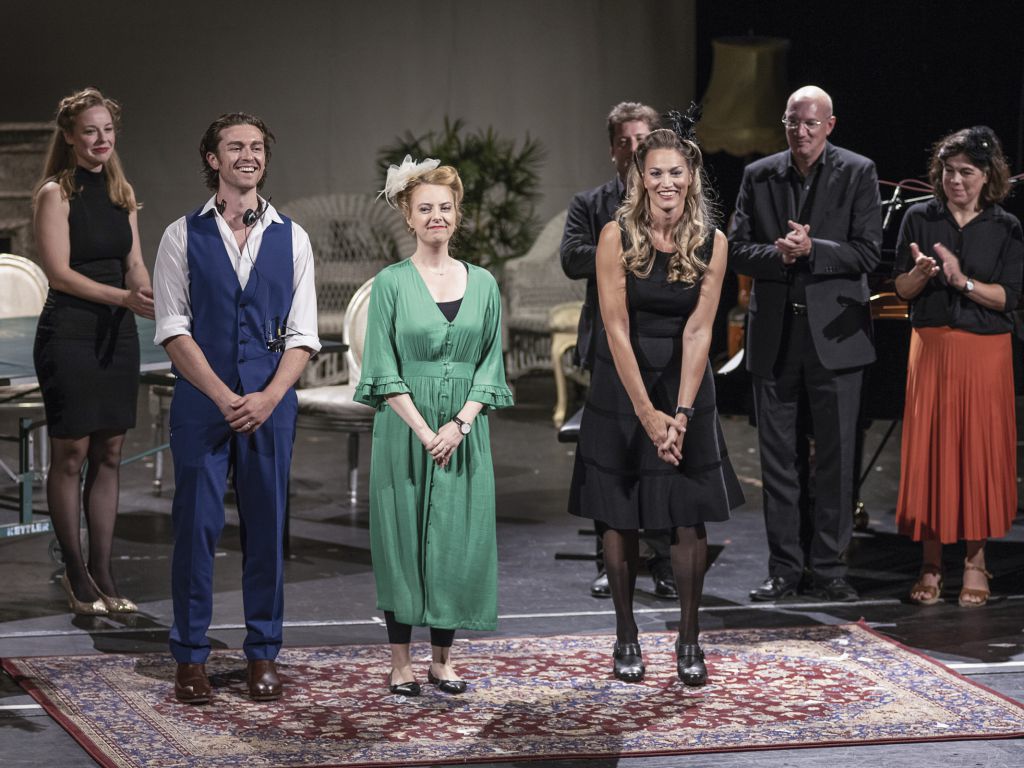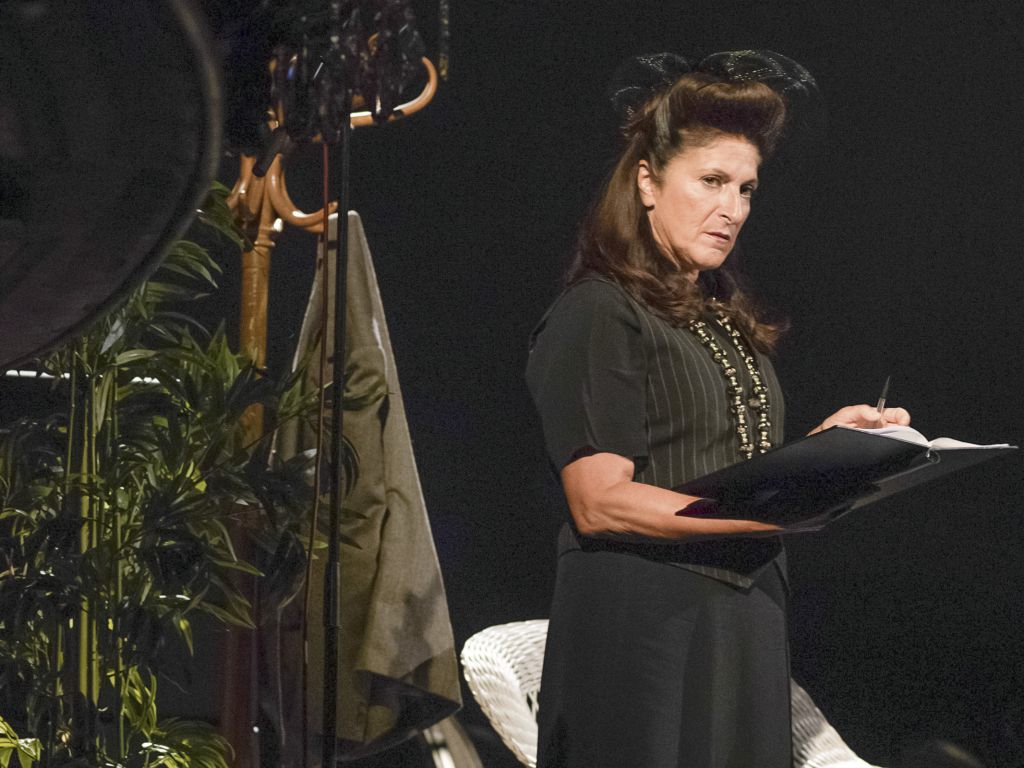“External science communication” refers to the practice of communicating and lending visibility to research results, protagonists of academic life, and entire research disciplines for the benefit of non-academic audiences of all ages. The objective, put quite generally, is to awaken curiosity about themes and disciplines as well as to inculcate trust in and awareness of research and its importance in our everyday lives. Whether in the form of explanatory videos, podcasts, blogs, and live appearances at schools or as part of citizen science projects that integrate both laypeople and researchers into the research process, the formats would seem limitless—especially considering today’s degree of digitisation. Despite these possibilities, however, growing scepticism of academic and scientific research has been observed: the much-quoted 2021 Eurobarometer survey on science shows that public trust in the potential of research to find solutions for the multi-layered challenges of our era is quite low in Austria and elsewhere.
Communication within the research world in the form of publications and conference contributions is no longer enough, and especially early-career researchers are now being called upon to convey their themes to non-academic audiences, as well. It has also become the case that sponsors of well-resourced, publicly funded research projects assume that their findings will be shared with a broader public. And universities, alongside the research and teaching that they pursue as core missions, are likewise now devoting themselves to what they call their “third mission”—which includes influencing broader society.
At the same time, they struggle due to resource limitations—and it’s frequently impossible to fund such “additional” activities as part of projects themselves, which also rarely allocate any time to them. Researchers thus often have to engage in science communication as a voluntary extra task.

A ray of hope, however, is embodied by current efforts to redefine the notion of excellence so that activities involving non-academic audiences might also be included and appropriately recognised in the future.1 Various initiatives, platforms, and options for supporting researchers2 do exist—with the Long Night of Research, at which the mdw has been represented since 2016, being one example. A clear emphasis of many such “SciCom” activities lies in the natural sciences, technology, or medical themes that may be fairly simple to demonstrate, such as by way of clear experiments. But even so, the humanities, social sciences, and cultural studies disciplines as well as the arts with their historical, social, and cultural themes likewise offer points of contact for a broad and above all young audience. Seeing through populism, critically examining the “notion of the genius”, reflecting on inequalities and classisms, and critically questioning tradition, cultural heritage, and the history of one’s own institution are examples of topics that might also interest non-academic audiences.
At the mdw, the presentation of research findings in connection with artistic content represents a less formal avenue via which to convey such information. A recent example of how this can be done was the salon performance “Sundays at Salka’s”, presented under the direction of Carola Bebermeier and Chanda VanderHart as part of the September 2022 conference Music across the Ocean. This performance portrayed the doings of Salka Viertel, who was originally from the territory of present-day Ukraine and hosted a regular salon-type event in Los Angeles that welcomed European migrants and networked them with Hollywood from the 1930s to the 1950s. Herself an actor and a successful Hollywood screenwriter, she used her salon to offer a “haven for the homeless”, a place of conviviality for exiled artists and intellectuals. The “stepping stone” that she provided helped many of them to gain a foothold in American exile. She was hence also herself an exemplary embodiment of the situation in which many musical women found themselves: living in exile as an active artist, she set out to serve as a networker for other artists even as she expressed uncertainty as to her own situation in her letters: “(…) before I grow old, I’d like to act. To once more in my life act in something real. And to do so as never before. (…) But I’d need someone to advocate on my behalf, to do something. This will all come to nought, anyway.”3
The roles in which women ultimately gain (or fail to gain) access to the historical record is a crucial factor in the visibility of women and of their formative role. At the mdw, placing women’s artistic work front and centre and rendering it visible and audible is the objective of several projects4. It would be of great importance, says Chanda VanderHart, for “treasures” in this respect—which take the form of written music, documents, and life stories—to be retrieved and made accessible to a broader public. Such dramatisation as in this case facilitates an additional dimension of learning for all participants: some of the knowledge gained would not have otherwise come to light, since learning things that have been previously overlooked requires the altered perspective that results from putting things into actual practice, says Carola Bebermeier. So in this way, a multiperspectival view can lead to the enrichment of research.

The reservations that some may hold with regard to entertaining formats are understandable but need not be a concern, as the three of us agreed in our conversation several weeks after the event: in contrast to moralistic finger-wagging, such formats encourage a positive and thus sustainable learning experience. It was thus that an entertaining evening generated empowerment to self-reflect in a critical manner, with the artistic form in which it was realised also enabling developments such as the opening of emotional levels of interpretation. Without a doubt, just what formats will be experienced as authentic depends on the participating personality or personalities as well as on the topic and discipline. No less important, however, is the target audience that is to be reached—and here, communication on an equal footing is essential. The goal must be to contemplate the language that one uses and the places where one seeks to reach one’s audience: Is the target audience even aware, for example, that universities are housed in public buildings that anyone can enter?

Particularly in times where populism and scepticism toward academia are on the rise, researchers and research institutions cannot leave the field of discussion to those who are “loudest” and adhere to questionable ideologies or objectives; they must instead form a counterweight to the pseudoscientific trends that are now gaining traction above all among young people via social media. And on this count, in the spirit of the motto “sharing is caring”, the research disciplines represented at the mdw can achieve greater visibility by way of artistic science communication and open up new perspectives in the process.
This contribution is an abbreviated and edited version of the report, “Sharing is Caring. Warum die Geistes-, Sozial- und Kulturwissenschaften die Bühnen nicht anderen überlassen sollten“. The complete German original can be found here.
- Coalition for Advancing Research Assessment: coara.eu
- For further information, please see the web presence of the Office of Research Support: www.mdw.ac.at/forschungsfoerderung/?h=wissenschaftskommunikation&PageId=4392
- Salka Viertel to Berthold Viertel, 5 Sept. 1931
- CoWoCo – Compendium of Women Composers

